The correct darts bull height, measured from the floor to the center of the bullseye, is 5 feet 8 inches (1.73 meters). This standardized height ensures fair play and consistent practice for all players. In this article, we’ll explore why this measurement is crucial, how to accurately measure it, and other essential dartboard setup guidelines.
⚠️ Still Using Pen & Paper (or a Chalkboard)?! ⚠️
Step into the future! The Dart Counter App handles all the scoring, suggests checkouts, and tracks your stats automatically. It's easier than you think!
Try the Smart Dart Counter App FREE!Ready for an upgrade? Click above!
Why is the Correct Darts Bull Height Important?
Maintaining the correct darts bull height and distance are fundamental for several reasons. Firstly, it ensures **fairness** in competition. Imagine a scenario where some dartboards are set higher or lower than others; this would give an unfair advantage to players accustomed to a particular height. Standardization levels the playing field, allowing skill to be the determining factor.
Secondly, consistent darts regulations promote **consistent practice**. If you’re practicing on a board at the correct height, you’re developing muscle memory and technique that will translate directly to competitive play, or even just playing for fun with friends. Inconsistent heights can lead to bad habits and inaccurate throws. You can even use a Dart Counter App (https://dartcounterapp.com/) to track your progress at a consistent height.
Finally, adhering to the proper darts bull height prevents injuries. Playing on a board that’s too high or too low can strain your back, shoulders, and arms. The standard height promotes a natural and comfortable throwing motion.
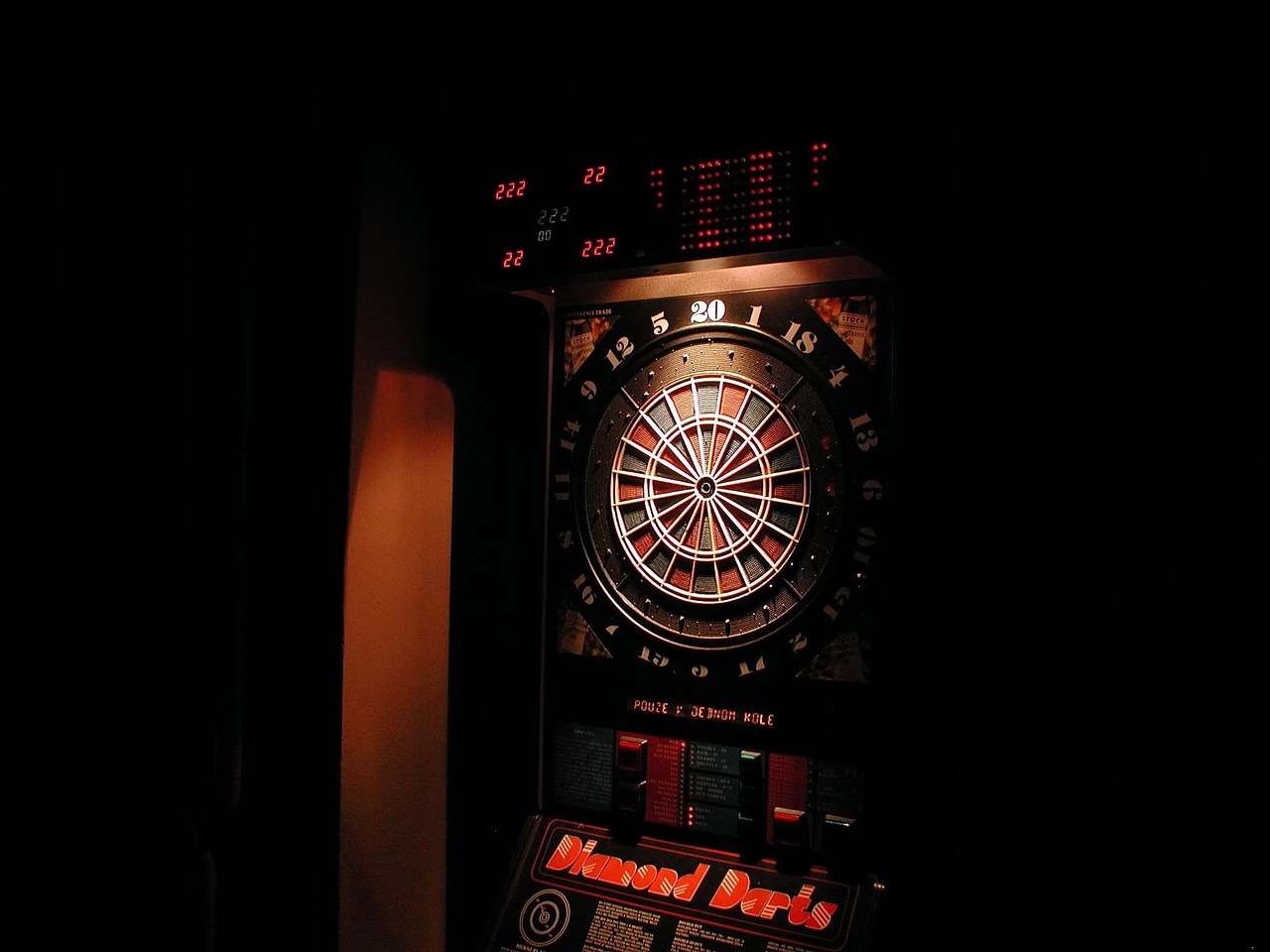
How to Accurately Measure the Darts Bull Height
While the standard darts bull height is widely known, accurately measuring it can be tricky. Here’s a step-by-step guide to ensure precise installation:
- Gather your tools: You’ll need a tape measure (preferably metric for ease of use), a pencil, a level, and possibly a partner to help.
- Find the center of the bullseye: Visually locate and mark the center point of the bullseye on your dartboard.
- Measure from the floor: Place the tape measure on the floor directly below the dartboard and extend it upwards towards the center of the bullseye.
- Ensure accuracy: Carefully read the measurement at the center of the bullseye. It should be precisely 1.73 meters (5 feet 8 inches). If you are buying bullseye darts reviews can help you improve accuracy.
- Double-check: It’s always a good idea to double-check your measurement to eliminate any errors.
Pro Tip: Use a laser level for maximum accuracy. This will ensure that your measurement is perfectly vertical.
Beyond Height: Other Crucial Dartboard Setup Considerations
While darts bull height is paramount, other aspects of dartboard setup are equally important for optimal play. One such consideration is the **oche distance**, otherwise known as the throwing distance.
The official throwing distance, measured from the face of the dartboard (not the wall) to the oche (the throwing line), is 7 feet 9 1/4 inches (2.37 meters). Ensuring that you have the correct distance to the darts matchplay tickets is a must, after having a good board setup.
- Toe Line: The oche should be a clearly defined line or raised surface that players must stand behind while throwing.
- Consistency: Just like the height, maintaining a consistent throwing distance is vital for developing accuracy and a reliable throwing technique.
Furthermore, consider the **lighting** around your dartboard. Adequate lighting is essential for clear visibility and reduced eye strain. Position lights above or to the sides of the board to minimize shadows on the target. Proper lighting will enhance your dart-playing experience and improve your accuracy and help you learn to use a dart auto scoring app.
The Impact of Incorrect Setup on Your Game
Playing on a dartboard with an incorrect darts bull height or throwing distance can significantly hinder your performance. A board that’s too high might force you to raise your arm excessively, leading to shoulder strain and inconsistent throws. Conversely, a board that’s too low might cause you to stoop or bend unnaturally, affecting your balance and accuracy. Playing darts match on tv is more fun on a correctly set up board.
Similarly, an incorrect throwing distance can throw off your aiming and timing. If the distance is too short, you might feel cramped and unable to follow through properly. If it’s too long, you might overreach, leading to inaccurate throws. Consistently playing under these conditions can ingrain bad habits that are difficult to break.
Remember, the goal is to create a setup that allows for a smooth, natural, and repeatable throwing motion. Prioritizing the right darts bull height and oche distance are key to achieving this.
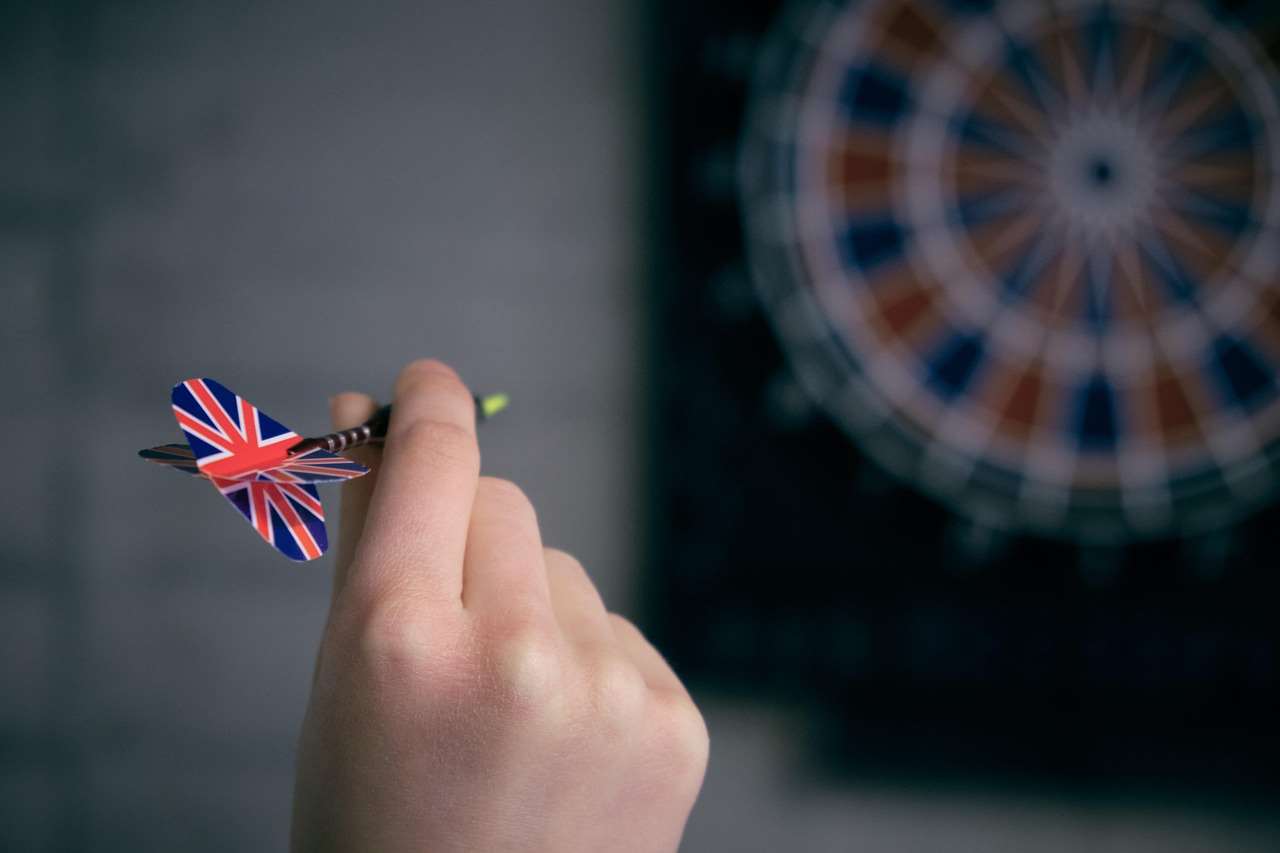
Darts Bull Height: Common Mistakes and How to Avoid Them
Even with clear instructions, mistakes can happen when setting up a dartboard. Here are some common errors to watch out for:
- Inaccurate Measurements: Using a flimsy or inaccurate tape measure can lead to errors in both height and distance. Invest in a good-quality measuring tool.
- Ignoring the Wall’s Surface: If your wall isn’t perfectly flat, measuring directly from the wall to the bullseye can be misleading. Account for any unevenness or protrusions.
- Failing to Level the Board: An unlevel dartboard will distort your perception of the target and affect your accuracy. Use a level to ensure the board is perfectly vertical.
- Neglecting the Oche: The oche shouldn’t just be a line drawn on the floor. It should be a clearly defined and stable barrier that prevents accidental foot faults.
By carefully avoiding these pitfalls, you can ensure that your dartboard is set up correctly for optimal performance.
Adjusting for Individual Preferences and Physical Differences
While the standard darts bull height is the official regulation, some players might find that minor adjustments suit their individual preferences or physical characteristics. For example, a taller player might benefit from a slightly higher board, while a shorter player might prefer a slightly lower one. Consider using a darts flights mit schaft if you want to adjust for your throw.
However, it’s crucial to remember that these adjustments should be minimal and within reasonable limits. Deviating too far from the standard can lead to inconsistencies and make it difficult to play on other boards. Experiment with small changes and find what works best for you while still maintaining a relatively standard setup.
Maintaining Your Dartboard for Longevity and Performance
Proper maintenance is crucial for extending the lifespan of your dartboard and ensuring consistent performance. Regularly rotate the dartboard to distribute wear evenly across the scoring segments. This prevents certain areas from becoming overly worn and reduces the risk of bounce-outs.
Also, avoid using excessive force when throwing your darts. Throw with a smooth, controlled motion rather than a powerful, jerky one. This will minimize damage to the dartboard and prolong its lifespan. Keeping your board in good condition ensures accurate darts bull punkte and scoring.
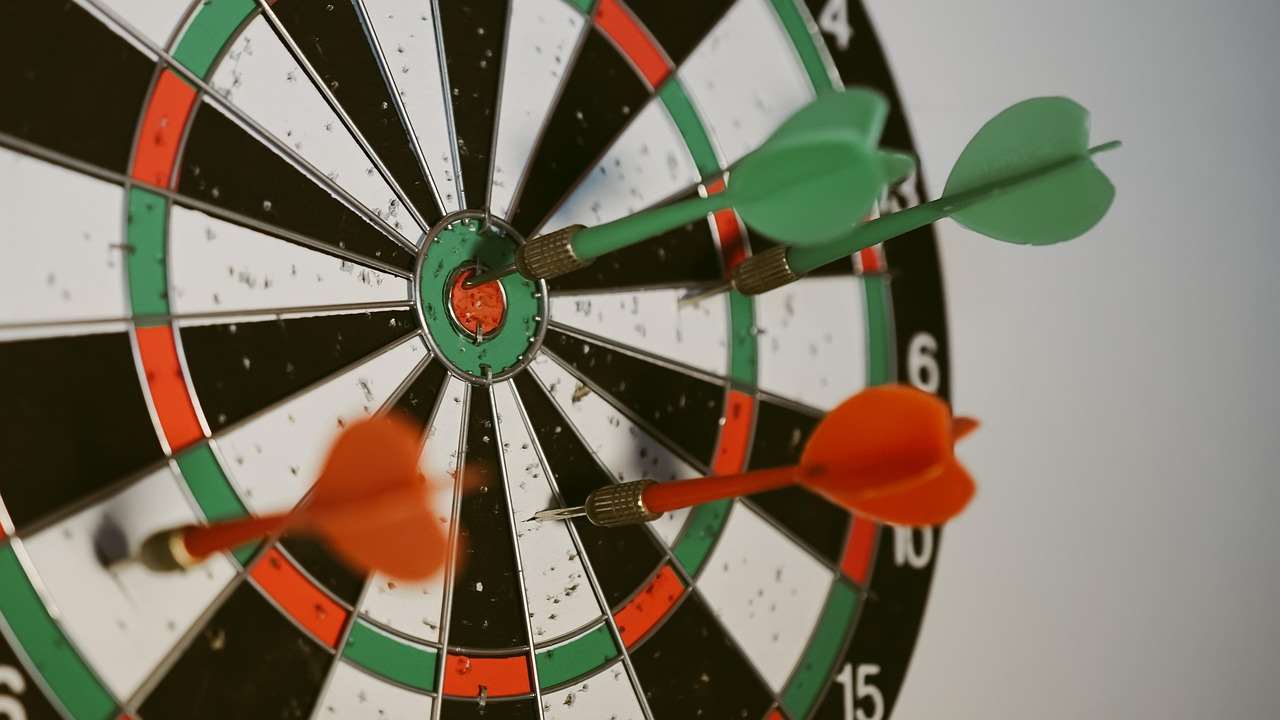
DIY Dartboard Setup vs. Professional Installation
Setting up a dartboard is a relatively straightforward process that most people can handle themselves. However, if you’re unsure about your abilities or want to ensure a perfectly accurate installation, you might consider hiring a professional. Professional installers have the tools and expertise to ensure that your dartboard is level, securely mounted, and precisely positioned at the correct darts bull height and throwing distance.
The cost of professional installation typically ranges from $50 to $100, depending on your location and the complexity of the installation. While this might seem like an unnecessary expense, it can be a worthwhile investment if you value precision and peace of mind.
The Evolution of Darts Regulations and Equipment
Darts, as a sport, has a rich history and has evolved significantly over time. Early darts games were often played with rudimentary equipment and informal rules. Over the years, as the sport gained popularity, regulations were standardized to ensure fairness and consistency. These regulations cover various aspects of the game, including darts bull height, throwing distance, dart weight, and dartboard construction.
Similarly, dartboard technology has advanced considerably. Modern dartboards are typically made of sisal fibers, which offer excellent durability and self-healing properties. Darts themselves have also evolved, with various materials and designs available to suit different playing styles.
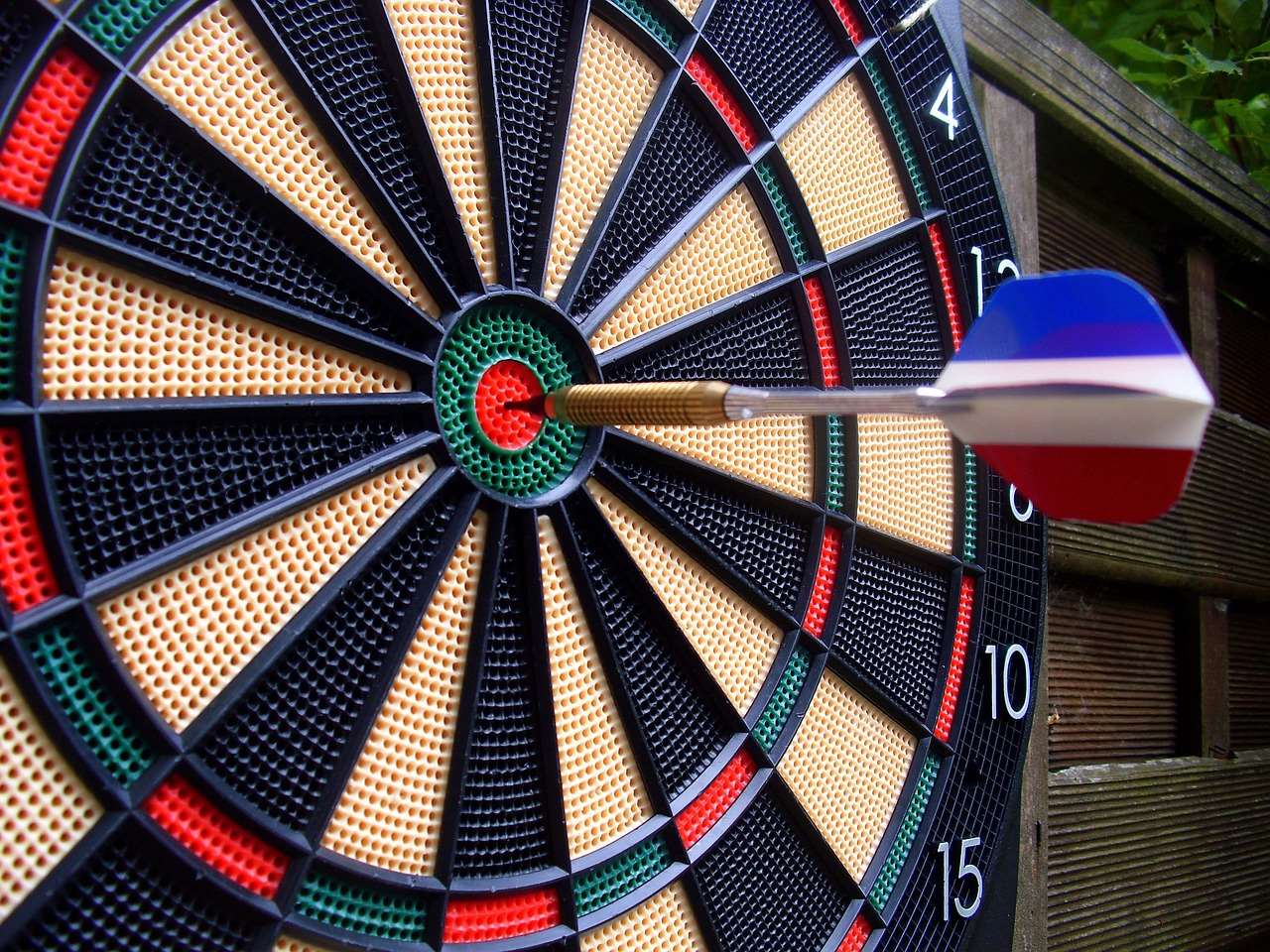
Practice Drills to Improve Your Aim After Correct Setup
Now that you have your board at the perfect darts bull height, you need to hone your skills. There are many different training drills you can use to improve your accuracy.
- Around the Clock: Start at the ‘1’ segment and work your way around the board, hitting each number in sequence. This improves your overall accuracy and consistency.
- Target Practice: Focus on hitting specific targets, such as the bullseye or a particular double or triple. This helps you develop pinpoint accuracy.
- Doubles and Trebles: Practice hitting doubles and trebles, as these are crucial for finishing legs in competitive play.
Remember that consistent practice is key to improving your darts game. Set aside dedicated practice time each week and focus on honing your skills. Don’t forget there are now more options than ever to track your scores, such as the darts scorer 180 app.
Advanced Tips for Competitive Darts Players
For serious darts players looking to take their game to the next level, here are some advanced tips:
- Develop a Pre-Throw Routine: Establish a consistent pre-throw routine to help you focus and maintain your composure.
- Analyze Your Throw: Record videos of your throws and analyze your technique to identify areas for improvement.
- Mental Game: The mental aspect of darts is just as important as the physical. Learn to manage pressure, stay focused, and maintain a positive attitude.
Consider joining a local darts league or competing in tournaments to test your skills and gain experience. Also, use a dart scorer n01 so you can track your progress. With dedication and hard work, you can achieve your goals in the world of competitive darts.
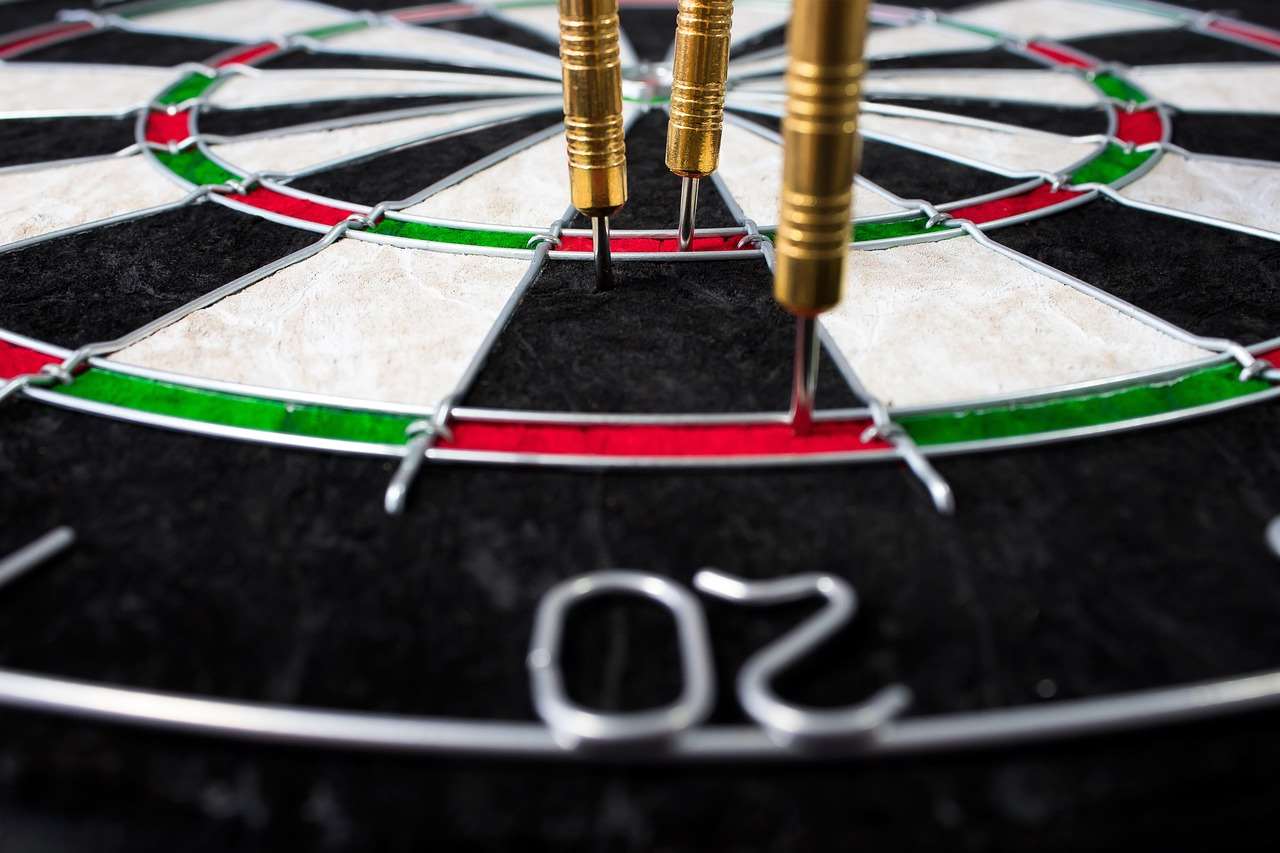
Conclusion
Setting the correct darts bull height is a cornerstone of fair play and effective practice in the game of darts. By adhering to the standard measurement of 5 feet 8 inches (1.73 meters), you ensure that you’re playing under consistent conditions and developing skills that will translate to any dartboard. Remember to also consider the oche distance and adequate lighting for a truly optimized setup. Take the time to measure accurately, maintain your board, and practice regularly. Now that you know how to set up your board properly, grab your darts and start practicing! Consider exploring other articles on our website for more tips and advice on improving your darts game!
Hi, I’m Dieter, and I created Dartcounter (Dartcounterapp.com). My motivation wasn’t being a darts expert – quite the opposite! When I first started playing, I loved the game but found keeping accurate scores and tracking stats difficult and distracting.
I figured I couldn’t be the only one struggling with this. So, I decided to build a solution: an easy-to-use application that everyone, no matter their experience level, could use to manage scoring effortlessly.
My goal for Dartcounter was simple: let the app handle the numbers – the scoring, the averages, the stats, even checkout suggestions – so players could focus purely on their throw and enjoying the game. It began as a way to solve my own beginner’s problem, and I’m thrilled it has grown into a helpful tool for the wider darts community.